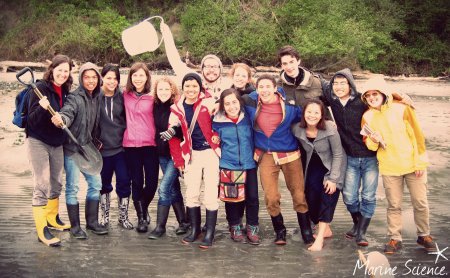Last week as their penultimate field trip, second year Marine Science students explored Witty’s Lagoon as an example of an estuary. We measured water temperature, salinity, and dissolved oxygen at six locations along the estuary. The photo above shows Michael reading out the data that he and Michał collected (seen in the photo below) on Wednesday 13 April.
Noëmi and Kevin collected similar data from the same location (‘Log lake’) on the previous day (Tuesday 12 April 2016).
In the photo below, Tamara & Laura collect data from the ‘ocean’ site.
Data for all three days shown below:
The site that we named ‘Skunk cabbage creek’ was very near this beautiful plant.
We also explored the salt marsh and some of its inhabitants – for several students the plants were cool the spiders were not!
We also found some wonderful invertebrates, both in the estuary and on the sandy beach.
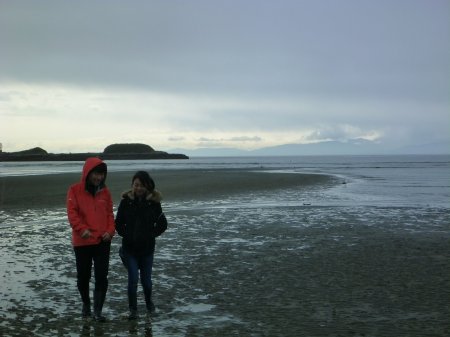














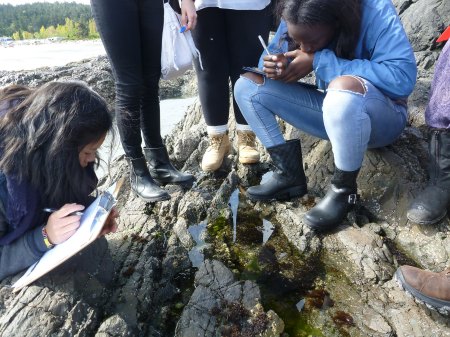




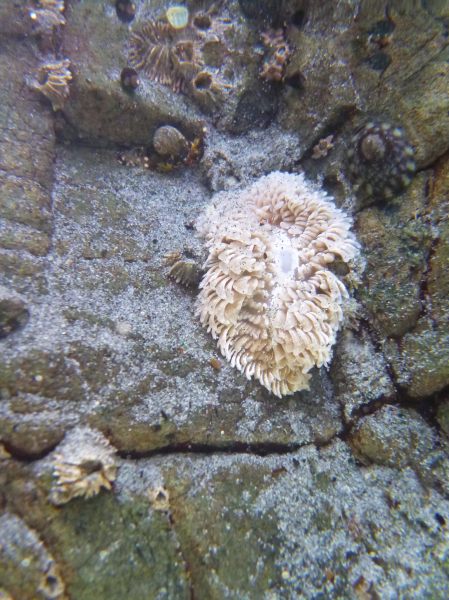
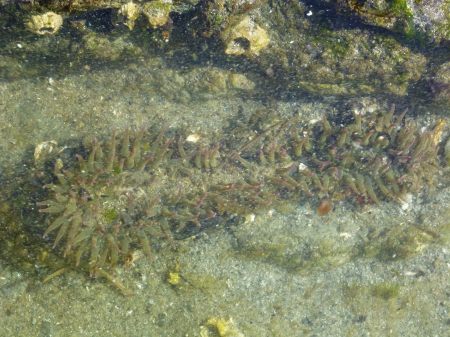 A dividing aggregating anemone (Anthopleura elegantissima).
A dividing aggregating anemone (Anthopleura elegantissima).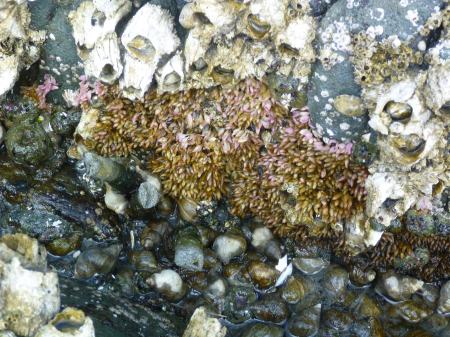 A spawning aggregation of whelks (Nucella lamellosa) and an abundance of egg capsules.
A spawning aggregation of whelks (Nucella lamellosa) and an abundance of egg capsules.























